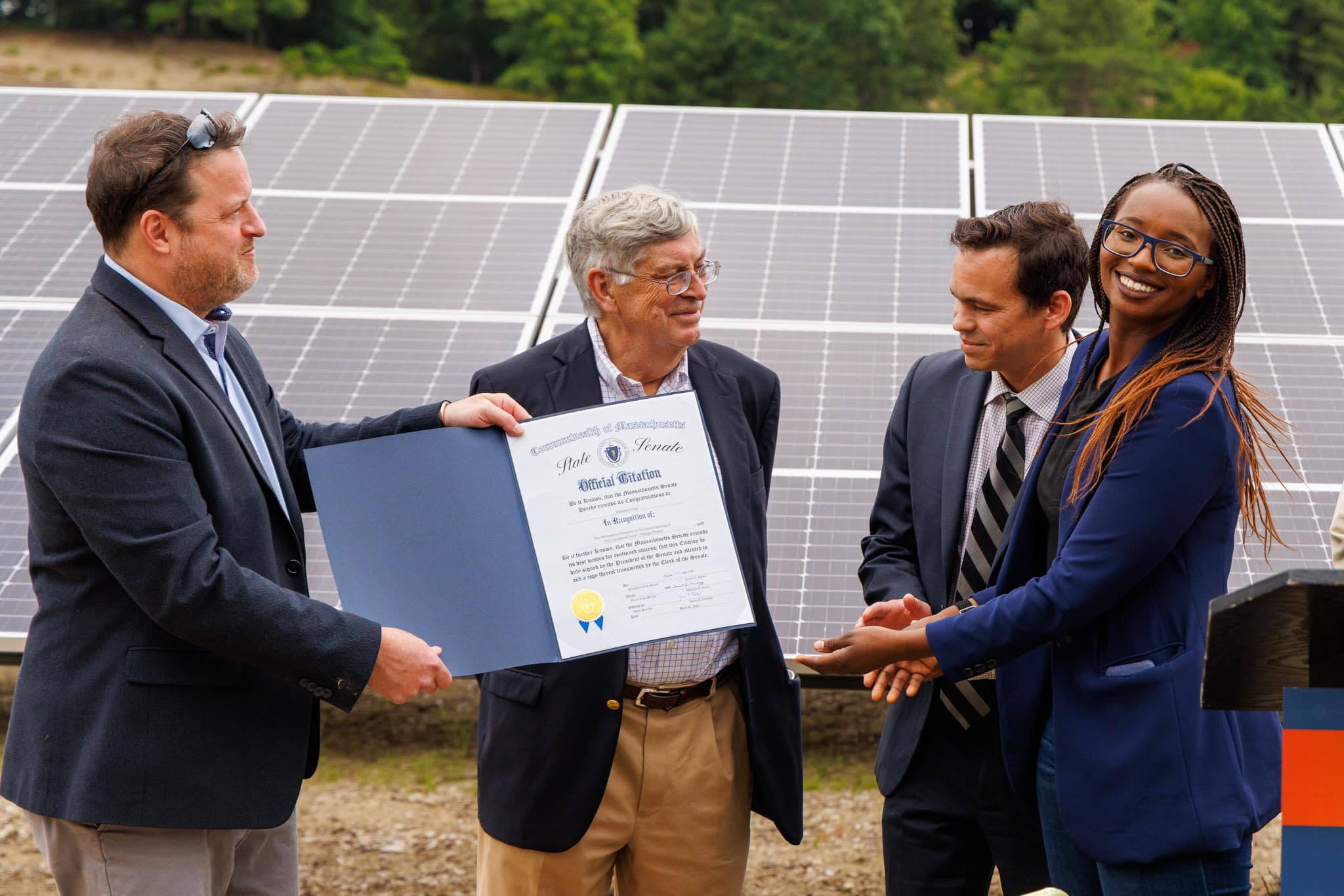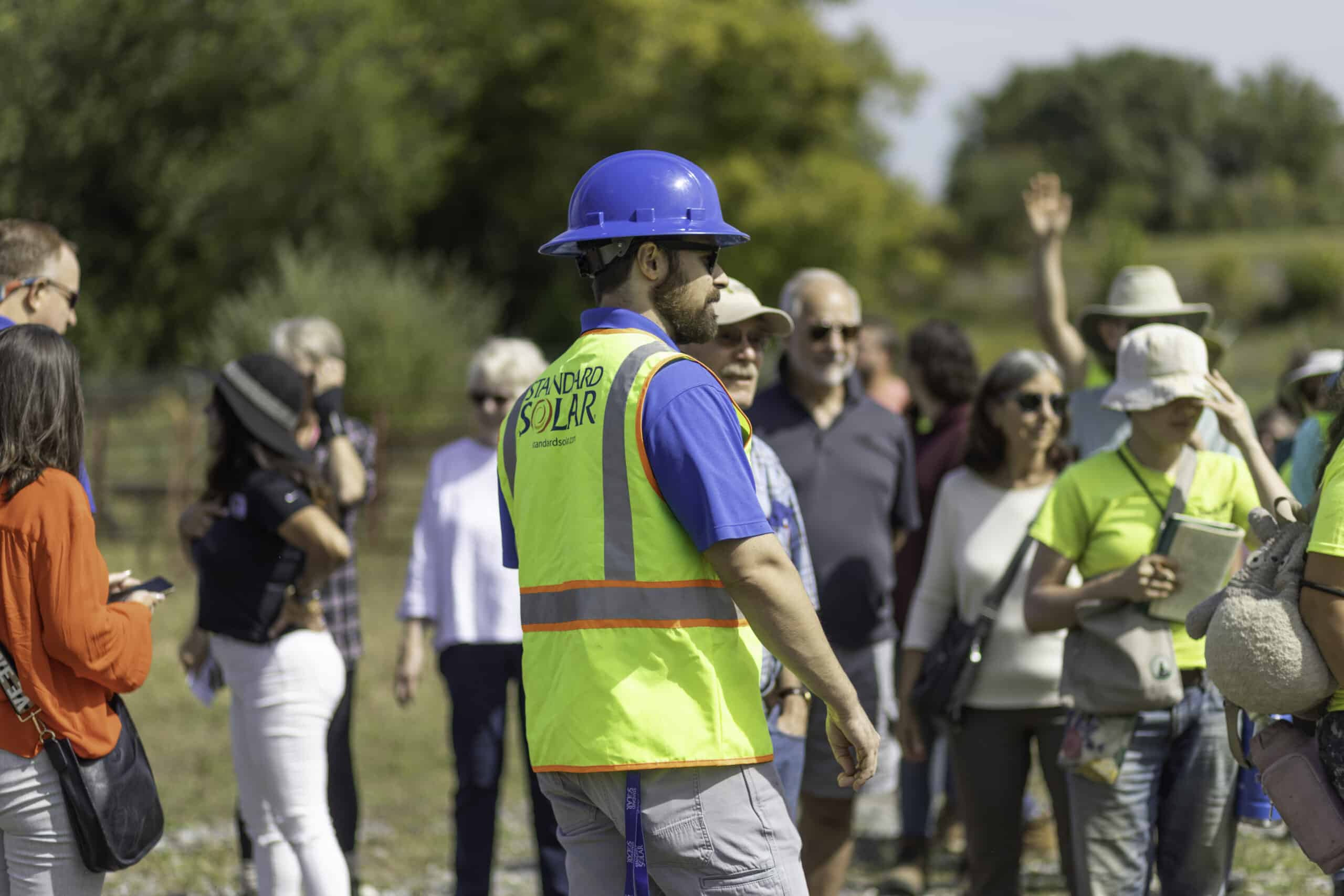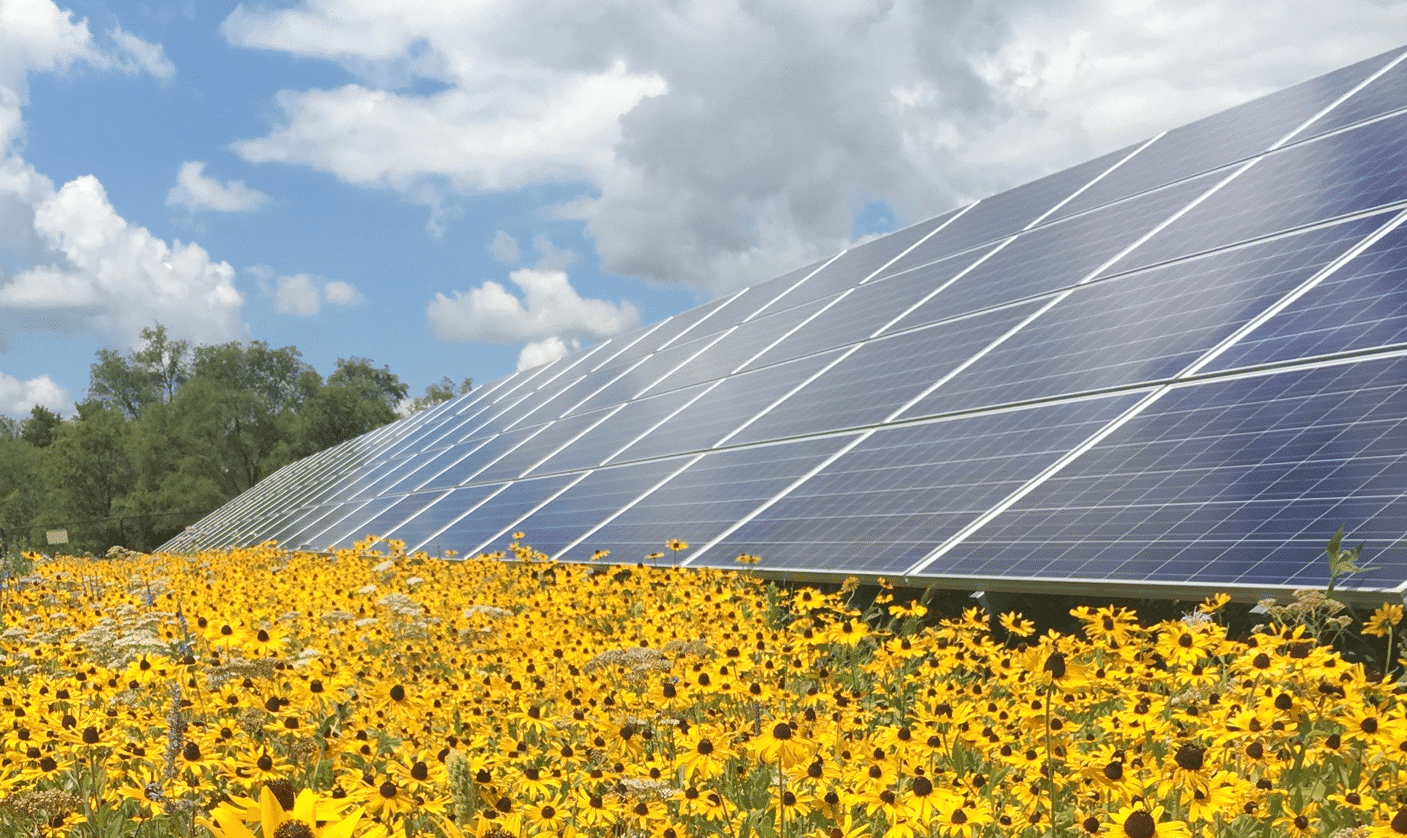NL – MA Division Project
Bristol County, Massachusetts
The NL– MA Division project, located in Bristol County, Massachusetts, is slated to provide approximately 2.38 megawatts (MWdc) of renewable energy annually to the New England grid. This project will contribute to the state’s Solar Massachusetts Renewable Target (SMART) Program goal of deploying 3,200 MW of solar energy by 2025.
Spanning 7 acres, the 4,420 modules of this ground-mount solar array are expected to produce approximately 2,500 megawatt hours (MWh) of renewable energy annually, meeting the growing demand for sustainable electricity in the region and strengthening the reliability of the New England power grid.
In addition to its environmental benefits, the project will contribute to the local economy by creating construction jobs and generating long-term economic value through increased tax revenue and community investments. The project achieved mechanical completion in 2024 and is expected to begin operations in late 2025, marking an important step toward a cleaner and more sustainable energy future for Massachusetts.
Benefits
Economic Impact
Clean Energy Impact
Offsets
Location
Bristol County, Massachusetts
Project Size
2.38 MWdc
Timeline to operation
Construction will begin in the first half of 2025, with operations expected to start in late 2025
Location
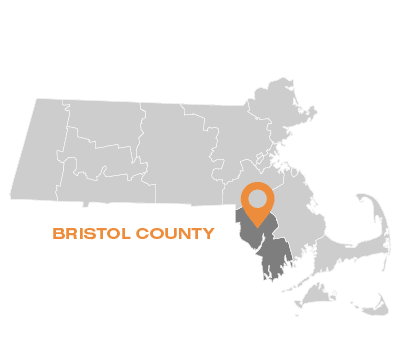
Economic Impact
- The project created construction jobs during development, supporting the local workforce in Bristol County.
- It will generate long-term economic value by contributing to the local tax base and funding essential community services.
- Ongoing land lease payments and clean energy investments help drive regional economic growth and sustainability.
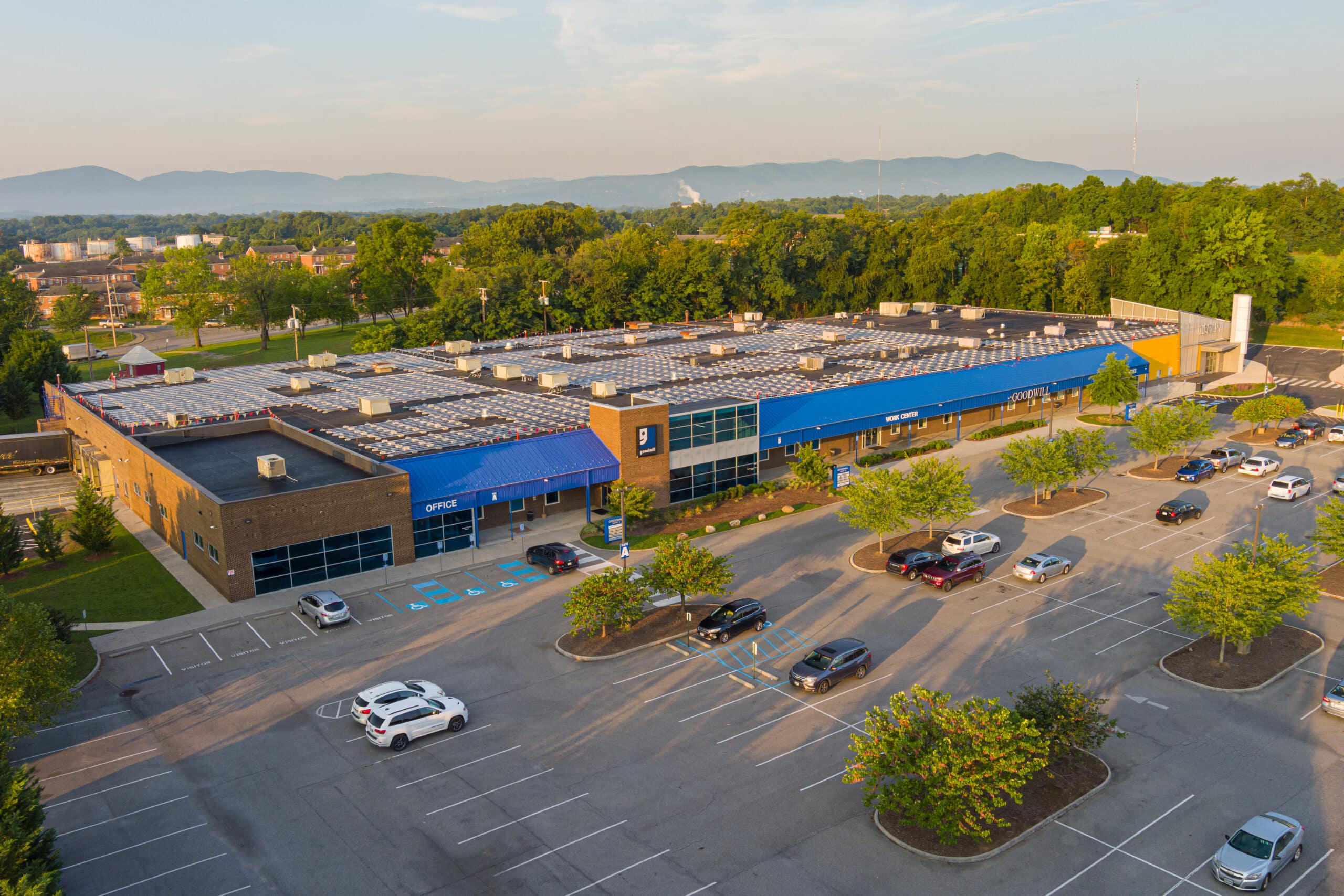
Goodwill Industries, VA, 0.5 MWdc
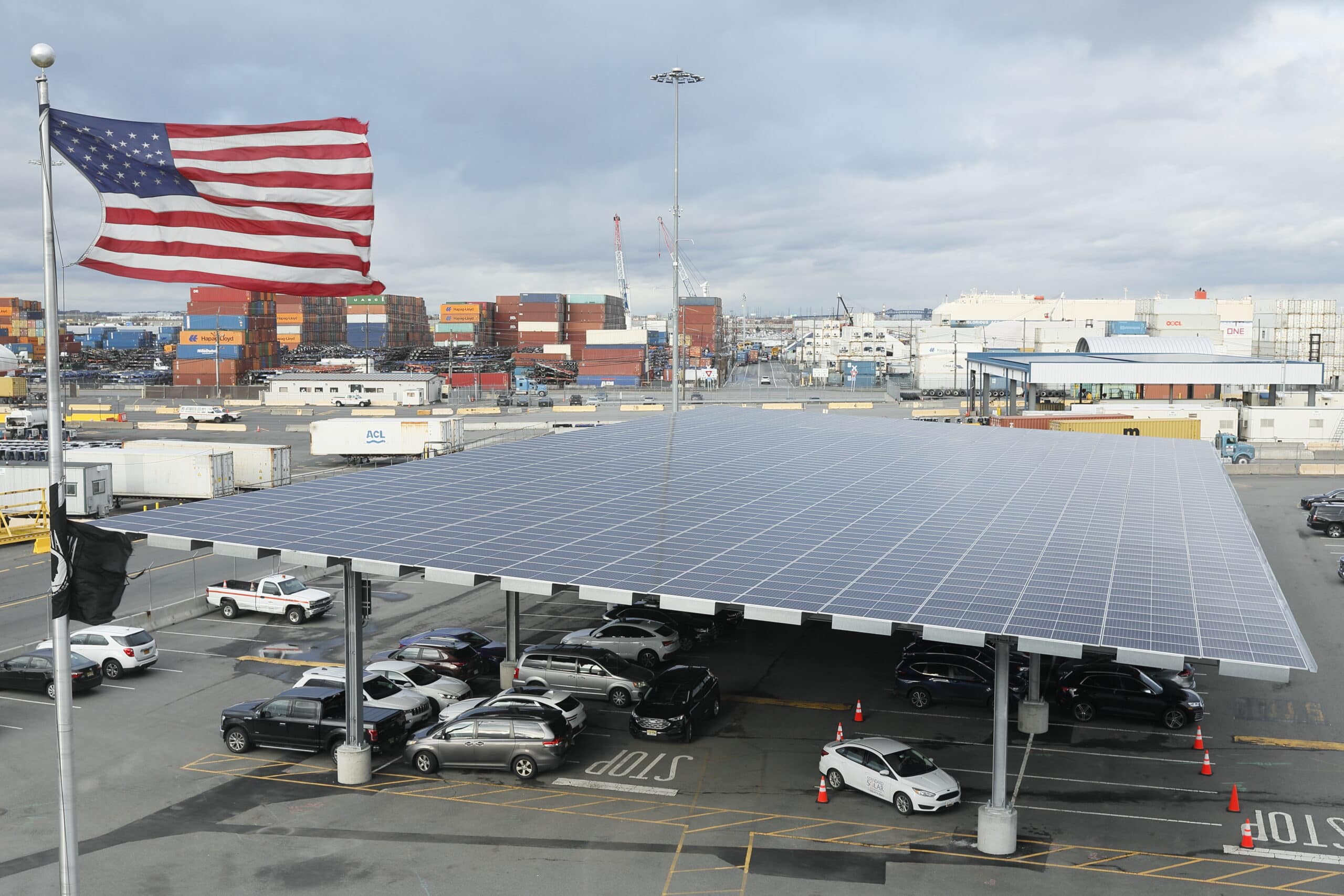
Port Newark Container Terminal, NJ, 3.29 MWdc
Clean Energy Impact
- The project will generate approximately 2,500 MWh of clean electricity annually, supplying reliable, carbon-free power to the New England grid.
- It is expected to displace about 1,104 metric tons of CO₂e each year—the equivalent of removing the emissions from 353 homes or preserving 1,107 acres of forest.
- By delivering local solar energy, the project supports Massachusetts’ climate goals to reduce emissions by 53% by 2025 and 70% by 2030 compared to 1990 levels.
Environmental Impact
- Standard Solar carefully evaluates all project sites to minimize disruption to wildlife, with detailed environmental studies conducted before construction.
- For this project, tree clearing was completed between January and March 2024 to avoid disturbing sensitive species like the Northern Long-eared Bat and Monarch Butterfly.
- Wildlife-friendly fencing and vegetation buffers were included in the design, and ongoing monitoring ensures continued protection of local ecosystems and compliance with environmental regulations.
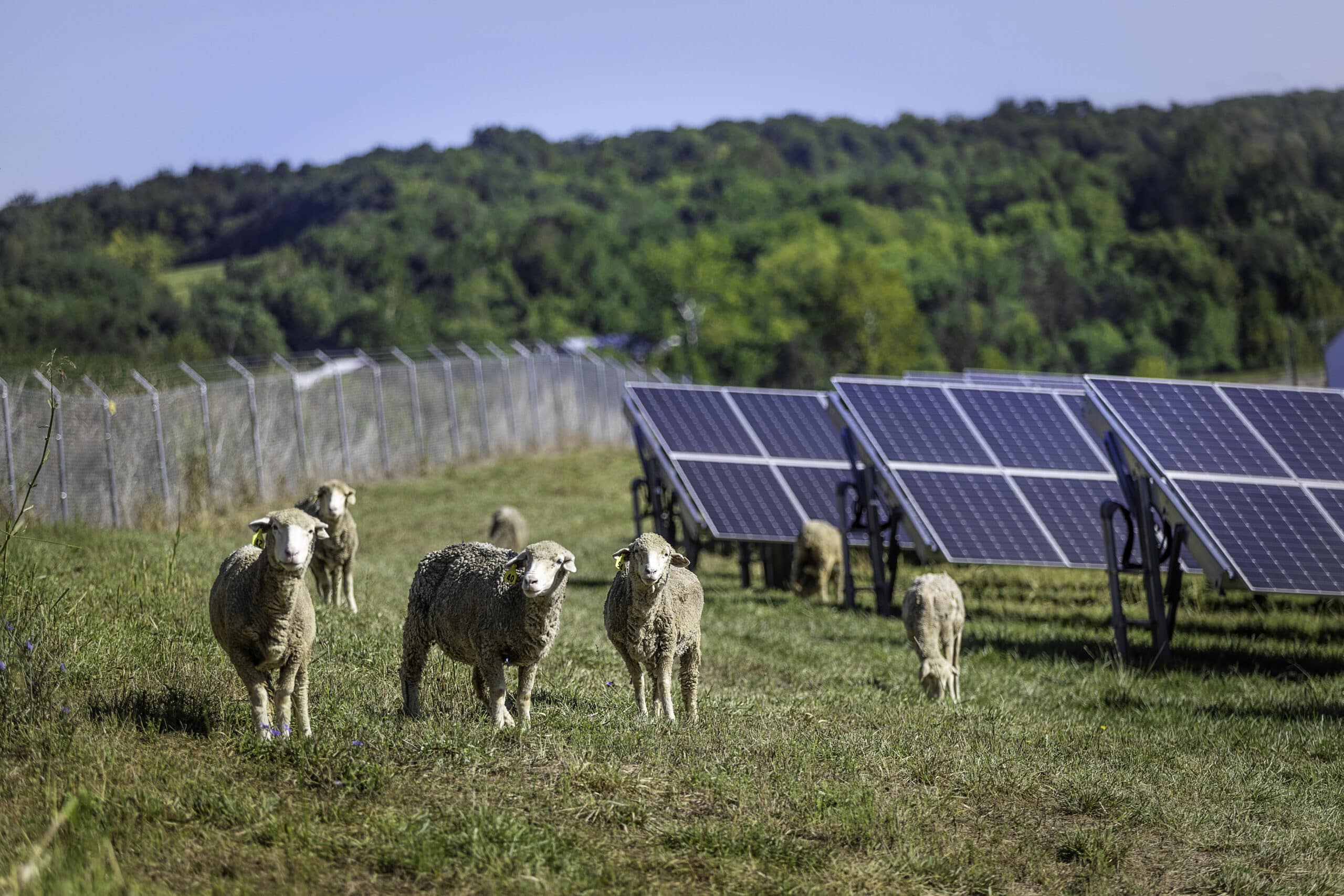
Shepherds Mill, MD, 2.77 MWdc
Project Location
Where is the NL–MA Division project located and is it visible from public roads?
Who owns the land on the NL – MA Division project is built?
Safety & Operations
How do solar panels work?
What happens after the useful life of a solar project?
At Standard Solar, we are committed to sustainability throughout the entire lifecycle of our projects. The NL – MA project will produce electricity for 20 years. After this time, when the project reaches the end of its operational life, there are well-established processes to ensure responsible repowering or decommissioning and recycling.
Standard Solar has programs and policies in place to safely remove equipment, restore the land to its original state, and recycle materials like glass, metal, and silicon from the solar panels. Such programs enable Standard Solar to minimize waste and support the circular economy, ensuring that renewable energy remains a sustainable solution for future generations.
Do solar projects make noise?
Solar projects are designed to operate quietly, making them an ideal option for generating renewable energy without disrupting nearby communities, agriculture or wildlife. The primary components — solar panels — make no noise during operation. Some equipment, like inverters or transformers, may produce a low humming (up to 60 dB) sound when converting solar energy into electricity, but this noise is minimal and typically only noticeable when close to the equipment. Overall, solar projects are a clean, quiet and community-friendly energy solution.
Additionally, this project is in an area where the distance from homes further reduces any potential sound impact.
Will the project produce glare?
Environment & Wildlife
How will the project manage erosion and stormwater during its lifetime?
The project has been designed with comprehensive measures to manage erosion, stormwater and dust control effectively throughout its lifetime, ensuring minimal impact on the surrounding environment and no disturbances to wetlands or waterways. The project has all applicable local, state, and federal permits and certifications.
Before construction, the site underwent a thorough assessment, and best management practices were implemented, including silt fences, sediment basins and buffer zones, to mitigate runoff during the building phase.
Once operational, the site will be stabilized with vegetation, including tall fescue grasses (Festuca arundinacea), conservation shade mixes (grasses), and butterfly and hummingbird garden mix (native flowers). Regular monitoring and maintenance will ensure that erosion, stormwater and dust control remain effective for the duration of the project.
What is the impact on area wildlife?
All Standard Solar’s projects’ impact on wildlife and biodiversity are carefully considered in the planning of the project to minimize disruption to local ecosystems. Before construction, detailed environmental studies are conducted to identify sensitive habitats and species. For this project, the U.S. Fish and Wildlife Service (USFWS) identified the Northern Long-eared Bat and the Monarch Butterfly to potentially occur within the site.
To build this project, trees needed to be cleared from the 7-acre area where the solar array will be commissioned. All clearing activities were performed between January and March 2024, which is the recommended time window to minimize any disturbances to vulnerable species USFWS identified.
Additionally, measures such as wildlife-friendly fencing and vegetation buffers are incorporated to allow animals and any migratory birds to move safely around the site. Once operational, solar projects are constantly monitored to ensure they continue to have a minimal impact and remain compliant with local, state and federal regulations on biodiversity and ecosystem protection.
